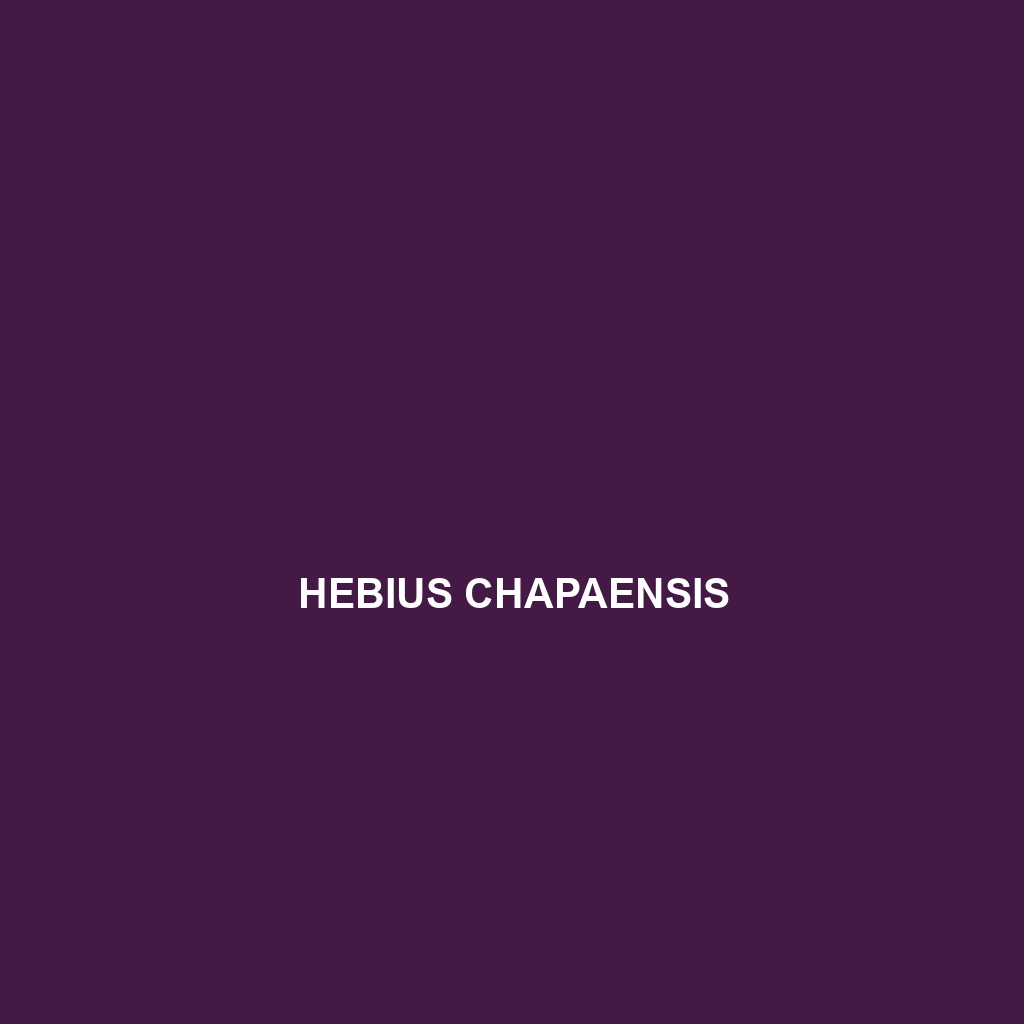Common Name
Hebius celebicus
Scientific Name
Hebius celebicus
Habitat
Hebius celebicus is primarily found in the lush and diverse environments of Indonesia, particularly on the island of Sulawesi. This species thrives in various habitats, including tropical rainforests, which offer a humid climate and dense vegetation. It is also commonly associated with adjacent habitats such as secondary forests and riverbanks. The complexity of these ecosystems provides ample cover and foraging opportunities, making it an ideal living space for Hebius celebicus. Additionally, the unique geological features of Sulawesi, including mountainous regions and valleys, contribute to its preference for temperate forest environments, where it can easily adapt and find suitable prey.
Physical Characteristics
Hebius celebicus illustrates striking physical features that distinguish it from other species. Typically, this snake averages between 60 to 110 cm in length, with some individuals reaching lengths of up to 140 cm. Its body is slender and elongated, making it agile as it navigates through its habitat. The coloration of Hebius celebicus often features a rich blend of earthy tones, ranging from dark brown to olive green, with vibrant patterns, including distinctive lighter scales that create a striking contrast. These unique markings act as camouflage among the leaf litter and forest floor, providing effective protection against predators. Moreover, its smooth scales enhance its ability to glide gracefully through vegetation.
Behavior
Behaviorally, Hebius celebicus showcases traits that reflect its adaptation to the environment. Known for its nocturnal behavior, this species is most active during the night, when it hunts and forages for food. Socially, they tend to be solitary creatures, coming together primarily during the mating season. Mating rituals often involve males displaying vivid movements to attract females. These snakes are also proficient climbers, utilizing trees and shrubs to seek refuge from potential threats and to hunt small prey that may roam within the lower canopy.
Diet
Hebius celebicus is classified as a carnivore, with a diet predominantly consisting of small mammals, frogs, and occasionally, other reptiles. This species is particularly known for preying on agile frogs, which inhabit the wetlands surrounding its forest home. Its hunting strategy involves ambushing from hidden spots, utilizing its excellent camouflage to deceive unsuspecting prey. Furthermore, studies show its ability to adapt to dietary availability, occasionally consuming larger insects or hatchlings when typical prey is scarce.
Reproduction
The reproductive cycle of Hebius celebicus is fascinating and indicative of its adaptability to varying environmental conditions. Mating typically occurs during the wet season, when temperatures are optimal for reproduction. After a gestation period ranging from 60 to 70 days, females give birth to live young, with litters averaging around 5 to 15 snakes. Maternal care is minimal; however, females often seek sheltered areas to deliver their young, ensuring higher survival rates. The juvenile snakes are independent from birth and are equipped to hunt shortly after they emerge, showcasing their instinctual behavior from a young age.
Conservation Status
The conservation status of Hebius celebicus is currently classified as vulnerable due to habitat destruction and poaching. Deforestation in Sulawesi for agriculture and logging poses significant threats to their populations. Conservation efforts are underway, with local initiatives aimed at habitat preservation and public awareness campaigns to mitigate the human impacts on their environment. However, continued efforts are necessary to ensure this species does not move towards an endangered status. Collaborative projects with NGOs and local communities are crucial for long-term viability.
Interesting Facts
One of the most intriguing facts about Hebius celebicus is its remarkable ability to camouflage, which not only aids in hunting but also provides an effective defense against predators. Additionally, it has been observed that the species can alter its color slightly based on its surroundings, enhancing its protective adaptations. Lastly, its role in the local ecosystem as a predator contributes to the population control of various species, showcasing its ecological importance.
Role in Ecosystem
Hebius celebicus plays a vital role in its ecosystem, serving as both a predator and prey. By maintaining the population dynamics of small mammals and amphibians, it contributes to a balanced food web in its native habitat. As a predator, it helps regulate the populations of these species, preventing overpopulation, which could lead to habitat degradation. Furthermore, the presence of Hebius celebicus indicates a healthy ecosystem, as it reflects the biodiversity of the rainforests of Sulawesi. The species’ interactions within the food web emphasize its importance in sustaining ecological health and stability.
